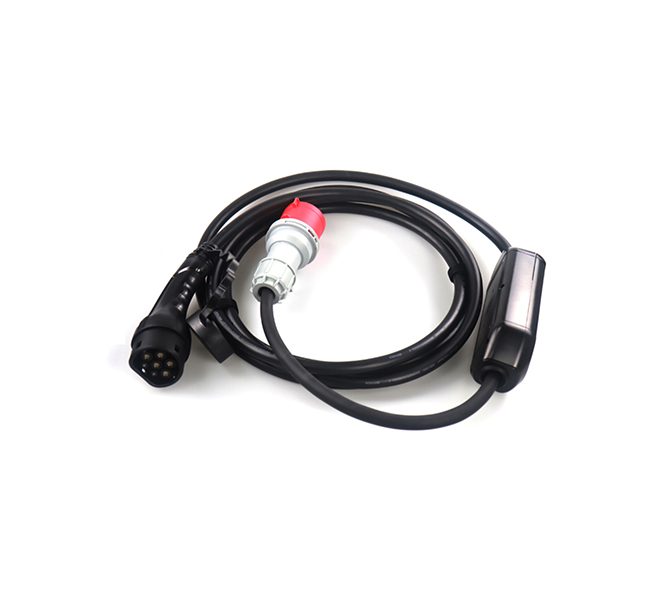Time:2025-07-23 Views:1 source:News

Improving the performance of charging pins requires a comprehensive approach that addresses electrical conductivity, durability, thermal management, and mechanical stability. First, material selection is critical. High-conductivity metals such as copper alloys (e.g., beryllium copper) or brass with gold, silver, or nickel plating are preferred. Gold plating, in particular, enhances conductivity, resists corrosion, and reduces contact resistance, ensuring efficient current transfer even after repeated use. The thickness of the plating (typically 0.5–3 μm) must be controlled to balance cost and performance; thinner layers may wear quickly, while excessive thickness can increase brittleness.
Mechanical design is another key factor. The pin’s geometry, including its tip shape (rounded, pointed, or flat), affects contact pressure and stability. A well-designed tip ensures consistent contact with the mating port, minimizing voltage drops caused by loose connections. Spring-loaded mechanisms can compensate for dimensional variations, maintaining steady contact force (usually 50–200 grams) across multiple insertions. Additionally, the pin’s structural integrity must withstand insertion/extraction cycles (often 10,000+ cycles for consumer devices), requiring robust materials and reinforced bases to prevent bending or breaking.
Thermal management is essential, especially for fast-charging applications where high currents (10A+) generate significant heat. The pin’s design should facilitate heat dissipation, with larger cross-sectional areas reducing resistance and incorporating heat sinks or thermal conductive materials in the housing. Insulation materials around the pin must be heat-resistant (e.g., LCP or PEEK plastics) to prevent melting or deformation.
Environmental resistance is also crucial. The pin and its housing should resist moisture, dust, and chemicals (e.g., sweat in wearable devices). Sealing techniques such as O-rings or potting compounds can enhance ingress protection (IP67 or higher), ensuring reliability in harsh conditions. testing under realistic conditions—including vibration, temperature cycling, and mechanical stress—verifies performance and identifies potential failure points, ensuring the charging pin meets durability and efficiency requirements.
Read recommendations:
Wearable device Pogo Pin Connector